Question and answer systems
Question/Answering System
(Question Answering Systems)
These are a type of artificial intelligence technology that allows users to ask questions in natural language (both English and even Persian) either in writing or through speech, and automatically receive accurate and relevant responses. These systems fall under the category of Natural Language Processing (NLP) technologies, and by utilizing machine learning algorithms, deep learning, data mining, and knowledge graphs, they can extract appropriate answers from various sources such as databases, websites, or stored documents.
Question/Answering System (Question/Answering System) is a type of artificial intelligence technology that allows users to ask their questions naturally and receive accurate and relevant answers. These systems use natural language processing (NLP) and machine learning techniques to understand questions and extract information from datasets or knowledge bases.

(NLU) :
The first part of the system should be able to understand and analyze the user’s questions. In this step, the system tries to recognize the sentence structure, keywords, and question type (such as who, what, where, and why).

(Question Analysis):
Question Analysis is the process in which questions posed by users are examined and analyzed to extract useful and relevant information. This stage is a key component in question-answering systems and also in Natural Language Processing (NLP).
The goal of question analysis is to correctly understand the meaning and intent behind a user’s question. This process includes the following steps:
-
Identifying the Type of Question: Determining whether the question is a yes/no question, a multiple-choice question, or an open-ended question that requires further explanation.
-
Linguistic Analysis: Examining the grammatical and semantic structure of the question to identify keywords, entities, and relationships between them. This stage includes recognizing verbs, subjects, and objects.
-
Context Understanding: Understanding the context in which the question has been asked. This can help in identifying the specific intentions and needs of the user.
-
Key Information Extraction: Identifying and extracting important information from the question that can assist in providing a more accurate and relevant response.
By effectively analyzing questions, systems can respond to user queries in the best possible way and meet their needs. This process plays a crucial role in enhancing the user experience and improving the accuracy of responses.
(Information Retrieval):
In this step, the system looks for appropriate information sources to answer the user’s question. These resources can be documents, web pages, databases or any other type of content.
(Answer Extraction):
After finding relevant sources, the system tries to extract the exact answer from the available information. Depending on the type of system, this answer may be extracted directly from a document.
(Answer Generation):
Finally, the system provides the final answer to the user. The answer may be displayed in the form of text, speech, or even graphs and images.
